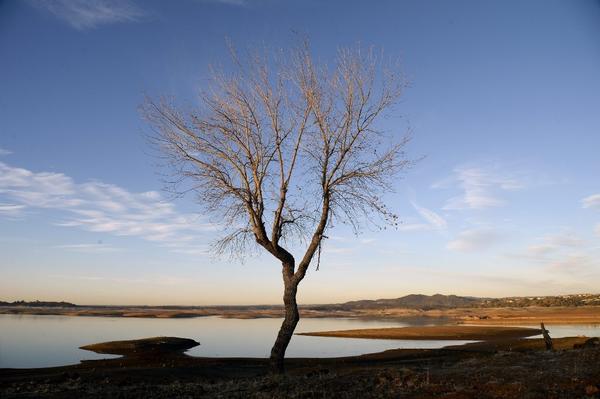From a recent post by Los Angeles Times Editorial Board, they state that Southern Californians are facing not one drought, but three interconnected droughts. The first drought is regional, caused by the lack of rain in the mountains. When the rain goes missing, as it has for three winters now, the ground dries out, the trees and chaparral get dangerously crisp and wildfire becomes an increasing danger. Recent events such as the January 15th Colby wildfire show the detrimental effects of our winter drought as nearly 2,000 acres were scorched. Similarly, the second drought consists of the Northern California water supplies which come down from the Eastern Sierra snowmelt, Southern California is unlikely to go thirsty this year because it has water reserves banked around the region. The Northern California drought does little to affect fire danger here but a great deal to affect the supply of water to homes and businesses. But it's worth noting that although the winter snowpack is down by 80%, Gov.
Jerry Brown's drought declaration called for only a 20% decrease in water use. The third drought occurs across the Western United States, and especially in the Rocky Mountains, which feed the Colorado River and by extension the other major component, after the Central Valley, of California's agricultural wealth. the three of these droughts usually never occur without the other as Californian's generally rely on water that falls in other parts of the state from multiple sources. preparations will be needed to conserve water supplies for similar future occurrences such as constructing new dams to store water for future uses. Yet, the environmental impacts of such methods pose similar affects to the degrading eco systems surrounding river systems.
"These measures are needed not merely for drought years like this one. But the trio of droughts serves as a reminder of the urgent need for action — to plan, to conserve, to store, to reuse, to transport and to share the state's most precious resource."
LA Times
 A recent photo showing the suffering water levels of Folsom Lake
A recent photo showing the suffering water levels of Folsom Lake



































